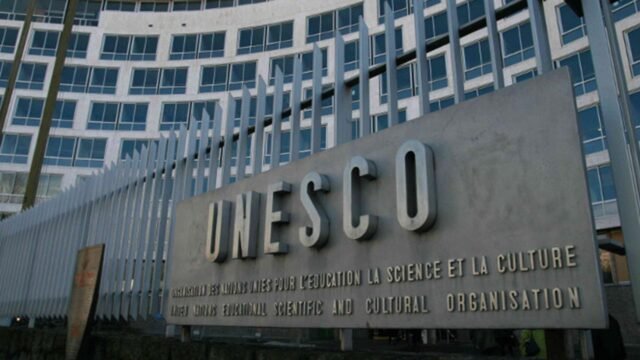In mid‑2025, UNESCO sounded a powerful alarm: Nigeria’s education infrastructure has deteriorated to historically low levels, undermining student outcomes at every stage. According to UNESCO data and student surveys, a mere 35% of public secondary schools now have fully functional science laboratories, while 65% lack sufficient library facilities entirely, rendering rote memorisation the default mode of instruction for complex scientific concepts.
Table of Contents
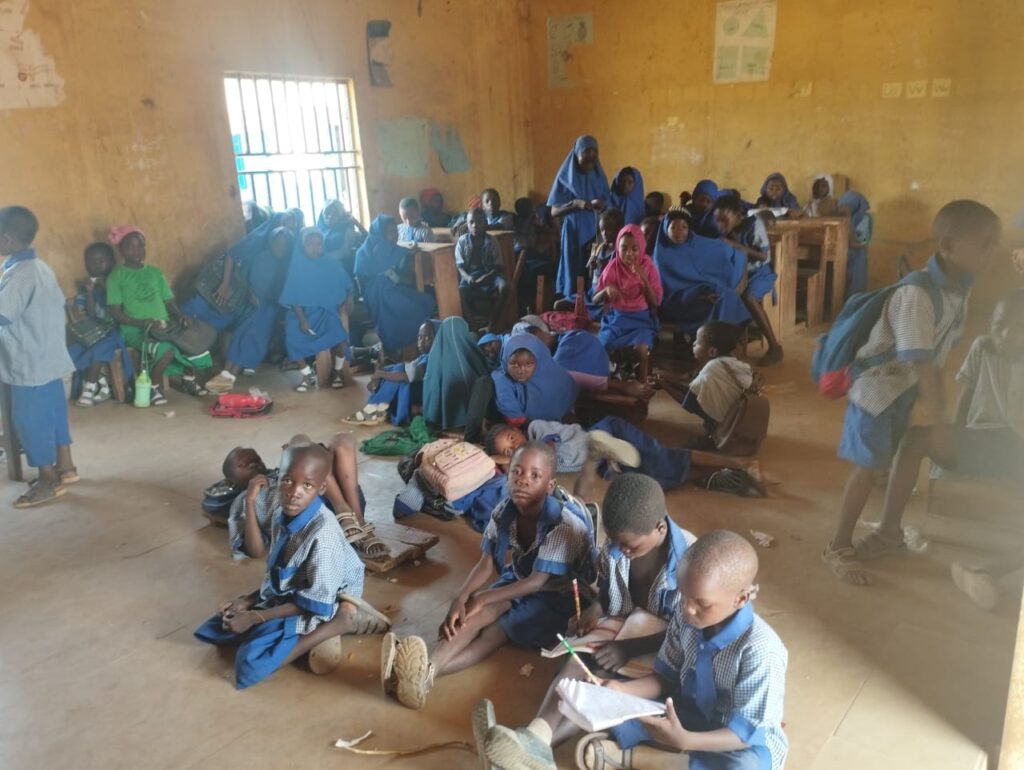
A Classroom Crisis Devoid of Resources
For many Nigerian students, school has become a sterile environment: no labs, no libraries, minimal textbooks, and scant access to computers or internet-connected classrooms. UNESCO reports that more than half of primary schools operate without any ICT infrastructure; only about 20% of public schools have even basic digital access.
What does this mean? At the secondary level, only 35% of schools can provide hands-on science experimentation; the rest rely on chalk-and-talk, theory only, no demonstration. In literacy development, students face repetitive reading assignments in overcrowded schools without library support—thousands have no access to adequate reading materials.
Literacy and Learning Outcomes Stall
These infrastructure shortfalls directly feed into what UNESCO terms “learning poverty”. In Nigeria, 70% of children aged 10 cannot understand a simple paragraph, a figure aligned with World Bank assessments of low- and middle-income countries and particularly bleak in Sub‑Saharan Africa. With physical spaces under-resourced, teachers unable to deliver interactive learning, and students lacking exposure to books or digital content, foundational learning is in peril.
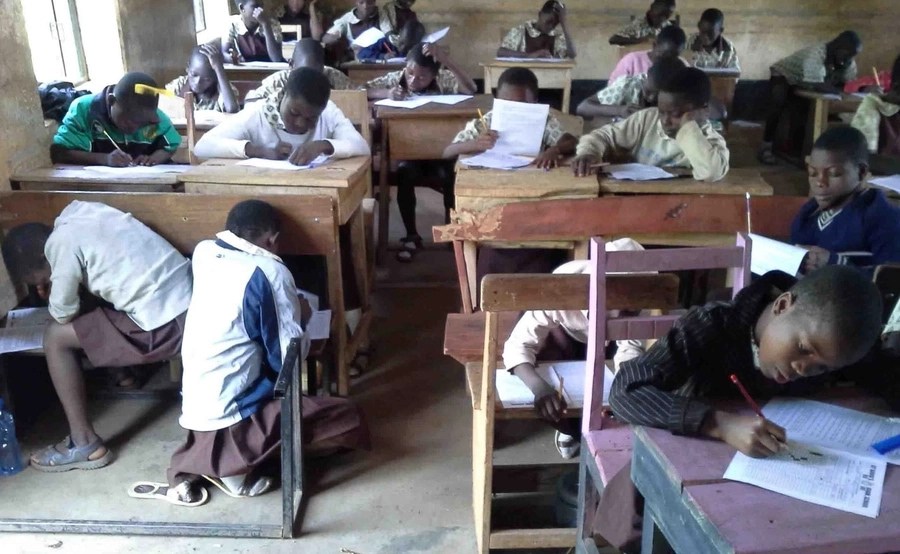
Untrained Teachers, Overcrowded Classrooms
Adding insult to injury, the teaching workforce remains critically underqualified. According to UBEC statistics, almost 38% of primary-level teachers are unqualified; in junior secondary schools, the figure remains high, around 24%. Student‑teacher ratios worsen the issue: as high as 72:1 in primary, and 42:1 in junior secondary, many classes are effectively unmanageable.
In early childhood (ECCDE), the situation is worse: over 45% of pre‑primary teachers still lack basic qualifications, further eroding the quality foundation.
Digital Divide: A Barrier to Future-Ready Skills
UNESCO’s 2023 Global Education Monitoring Report indicates that just 40% of primary schools, 50% of lower secondary, and 65% of upper secondary institutions in Nigeria were internet‑connected for teaching purposes. That leaves a majority of learners isolated from digital learning tools, remote instruction, or even basic research capabilities.
These figures reflect a broader digital divide across Sub‑Saharan Africa, where 82% of students lack internet access and 89% have no access to computers. In Nigeria, just 20% of public schools report any ICT infrastructure at all.
Out‑of‑School Children: The Highest in the World
Behind the visible classroom crisis is an even deeper crisis: Nigeria maintains the world’s largest population of out-of-school children, with UNESCO estimates placing the figure above 20 million as of 2023, many concentrated in the North Eastern and North Western states. UNICEF reports that only 61% of children aged 6‑11 regularly attend primary school, and early childhood participation is only 35.6% unicef.org.
These absences warp school environments further: overcrowded classes, strained teachers, insufficient materials, and escalating learning inequities.
Root Causes: Underfunding and Governance Weakness
At the federal level, Nigeria allocates approximately 6% of its national budget to education, well below the UN-recommended minimum of 15%. As budget shortfalls limit hiring, maintenance, and infrastructure upgrades, schools degenerate and fail to support effective teaching and learning.
Governance gaps compound the problem: delays in implementing teacher induction, weak procurement processes, and corruption disrupt basic operations and undermine budget effectiveness.
Regional Disparities Amplify Inequality
While national averages paint a bleak picture, regional disparities make matters graver. Northern states like Zamfara, Kebbi, and Borno register nearly 50% out-of-school rates and persistently low attendance in public schools (often under 47%). In contrast, many states in the Southeast and Southwest achieve higher attendance rates, though they still grapple with infrastructure deficits and poor learning outcomes.
In rural areas, the absence of parental engagement, lack of qualified teachers, and ill-resourced facilities reinforce severe disadvantages compared to urban settings.
Personal Voices from the Field
Teacher and student testimonies collected by UNESCO offer a window into daily despair:
“We teach science from textbooks but have no lab to test anything,” said a secondary school teacher in Kaduna.
“There are five books for eighty students in the class,” a middle school pupil lamented in an Abia State school.
These voices expose a system that has become hollow in form and faltering in function.
Why This Matters: Long‑Term National Consequences
The stakes extend beyond dusty classrooms. Without a strong educational infrastructure:
- STEM learning collapses as young minds are taught complex ideas without experimentation.
- Literacy and critical thinking stall when children lack reading spaces, books, or libraries.
- Digital and technical skills remain out of reach, weakening Nigeria’s ability to keep pace with global economic trends.
- The teacher pipeline suffers, as unqualified staff, low wages, and poor training shatter morale and retention.
- Inequality widens, as disadvantaged and rural learners fall further behind, cementing cycles of poverty.
UNESCO warns that unless urgent action is taken, Nigeria risks failing to achieve SDG 4 — “Quality Education for All” — by the 2030 deadline.
A Glimmer of Hope: UNESCO Initiatives and National Roadmaps
Despite the crisis, initiatives exist to reverse the decline:
- The Better Education for Africa’s Rise Phase III (BEAR III) project, running 2023–2027, aims to boost quality and inclusion in education across West Africa, including Nigeria.
- The government’s Education for Renewed Hope (2024–2027) roadmap outlines plans to improve teacher capacity, governance systems, and infrastructure investments (though implementation remains delayed).
- UNESCO‑funded teacher programs target recruitment, training, and resilience-building to shore up pedagogical quality in fragile contexts.
There are also successful community-driven efforts, like the Nigerian ‘FastTrack’ literacy programme in conflict‑affected zones, which recently won the 2024 UNESCO Confucius Prize for Literacy.
What Must Change: A Multi‑Dimensional Strategy
Experts and stakeholders emphasize that addressing the crisis requires integrated action across four fronts:
- Reinvigorate infrastructure—upgrade or build laboratories, libraries, and ICT hubs in every school.
- Professionalise the workforce—streamline teacher qualification frameworks, induction programs, and continuous training.
- Close the digital gap—connect schools to reliable internet, deploy devices, and embed edtech into curricula.
- Boost funding and accountability—increase education spending to UN benchmarks and tighten governance in procurement, maintenance, and data transparency.
The Role of Society and Individuals
Public sentiment underscores the urgency. A NOIPolls survey shows that 95% of Nigerians recognise education as vitally important—an opportunity to catalyse political pressure and grassroots action. Parents, civil society groups, NGOs, private sector partners, and philanthropic networks have pivotal roles to play in monitoring schools, supporting local infrastructure, and demanding accountability.
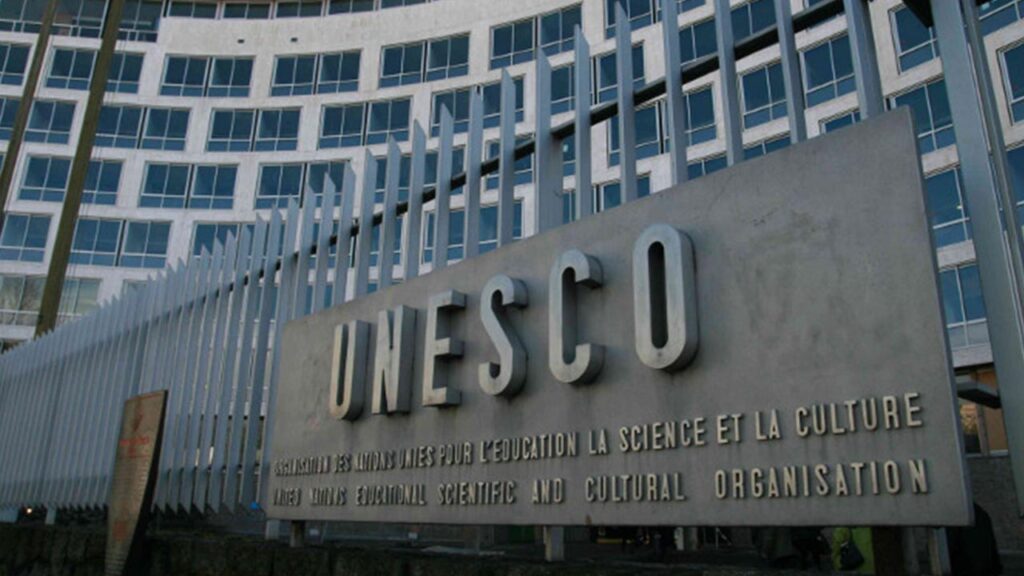
Conclusion
Nigeria’s education infrastructure is today at a critical low point: most secondary schools lack labs, libraries remain scarce, and digital access is severely limited. Students are expected to memorise concepts without practical exposure; teachers struggle to deliver meaningful learning in overcrowded, under‑resourced classrooms. UNESCO’s 2025 findings confirm an urgent tipping point: without swift intervention, the nation risks undermining its youth’s future and its own development trajectory.
Yet, targets like SDG 4 are still achievable—if the government acts decisively, invests in infrastructure and people, and partners with global and local stakeholders to rebuild. Nigeria’s classrooms can recover—but only if the crisis is met squarely with coherent policy, funding, blood, sweat, and civic determination.
Nigeria’s future depends on turning this silent breakdown into a turning point—and starting today.
Join Our Social Media Channels:
WhatsApp: NaijaEyes
Facebook: NaijaEyes
Twitter: NaijaEyes
Instagram: NaijaEyes
TikTok: NaijaEyes
READ THE LATEST EDUCATION NEWS



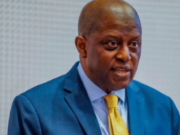










![Mr Macaroni Drops Blistering Remark: ‘APC Filled with Most Corrupt People’ as He Slams Tinubu’s Controversial Pardon for Criminals=]] Mr Macaroni](https://naijaeyesblog.com/wp-content/uploads/2025/03/Mr-Macaroni-1-1-180x135.avif)

![Chaos Erupts in Abuja Hotel as BBNaija Star Phyna Sparks Fierce Scene Over Alleged N200,000 Dispute [VIDEO] Phyna](https://naijaeyesblog.com/wp-content/uploads/2024/11/A-Picture-of-Phyna-BBNaija-180x135.jpg)




















